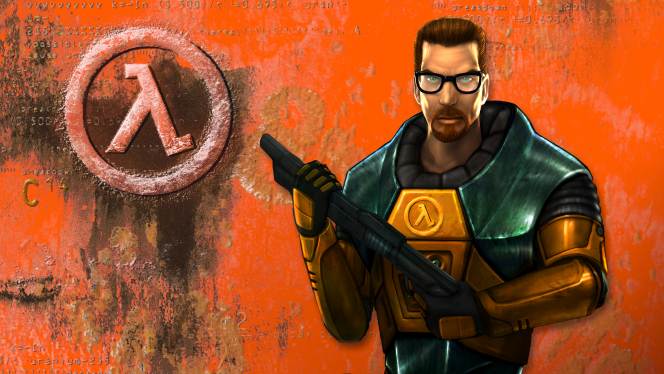The publisher had every chance of bankrupting Gabe Newell’s team, but with the help of Valve’s first marketing genius, Monica Harrington, they were able to escape the trap.
Harrington also had a family connection to the studio, as her husband was Mike Harrington, one of Valve’s founders. He had managed Microsoft’s marketing portfolio before joining Valve, and from there he moved to the new studio, which at the time had a lot of hope in its hands. Only Half-Life had Sierra On-Line, the game’s publisher, hanging over it like a sword of Damocles. The demo shown at E3 1997 was a huge success, but internal feedback from playtesters was not so good. All the money the Harringtons and Newell had put into the studio went into the game, and development was kept alive by a loan…
“If Valve shipped the game we had, it would launch and quietly disappear, and all the work we’d all done would be for nothing. All the people we hired would lose their jobs, we would lose the money we invested. It was a disaster. Just before Christmas, the Wall St. Journal article came out with the headline “Valve’s Storytelling Game is a Hit. The article never mentioned Sierra as our publisher.
[After the game shipped], their message to us was basically, ‘Thank you, the game did great, we’re moving on. Their marketing at the time was launch and go, whereas we were trying to market a franchise-worthy game that we could build on for years to come. There’s an alternate universe where Half-Life disappeared after release simply because it wasn’t stocked or supported in the retail channel. If Half-Life had failed in the marketplace, the company would not have survived. And that almost happened because Sierra had no idea how to handle a hit of Half-Life’s potential magnitude.
From my previous role at Microsoft, I knew how to maximize Half-Life’s potential in the marketplace, and I was ready and willing to use the leverage we had to make sure Sierra lived up to its responsibilities. We owed it to the Valve team and to the players who were already falling in love with the game. If Sierra didn’t double down on marketing, we would walk away from our agreement and tell the industry that had fallen in love with Valve how screwed up Sierra really was [leading to the release of the Game of the Year Edition],” Harrington said. But Sierra was far from the behemoth it had been in the 1980s.
So Valve took a gamble and started redesigning Half-Life, which eventually sold well, but the company’s fortunes were still not strong. The deal was that Sierra would own the Half-Life IP and have exclusive rights to publish their next games. They would receive only $1 million per game for development, and then the Newells would receive 15% of the royalties from sales. Even then, the cost of game development was rising, so that amount was not enough!
“All I could see was Valve swimming in red ink for years to come. Since Gabe and Mike had a lot of experience in other facets of software development, the threat was not idle. I knew a lot about how to scope and size the online opportunity for a whole new category. The ethos at Valve [in the beginning] was to hire only the people you really wanted to work with, and then let them do what they did best. I knew that while Sierra could claim the IP, they could never claim to have made Half-Life. So yes, I felt that pressure in an extraordinary way, and it’s part of what drove me to start the legal fight for the Half-Life IP and to do what I could to set Valve up for long-term success,” Harrington added.
Valve’s ultimatum was that if Sierra did not reconsider the terms, the studio would start developing other software. In order to create an online entertainment platform, the studio teamed up with a company that was really taking off at the time – Amazon! The deal was for a platform we now know as Steam. This brought Valve back to the negotiating table, and eventually in 2001 Valve got the Half-Life IP and online distribution rights back.
If that hadn’t happened, there would have been no Half-Life 2, and without that there would have been no Steam, no Portal, no Team Fortress 2, and for that Harrington deserves all the credit…
















Leave a Reply